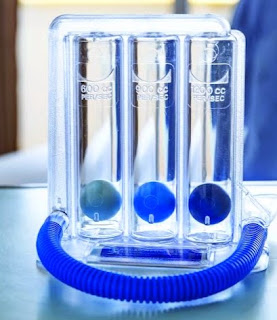Now we can identify what you’re thinking that how can Physiotherapy be performed online? It is often perceived as a very hands on profession.
Physiotherapy as a whole has moved away from a reliance on complex machines and manual techniques, and more towards structured rehabilitation plans that the patient carries out themselves under guidance. This can be converted surprisingly well to an online format, and there is extensive research evidence to support this.
At Online Physiotherapy Consultation, physiotherapy consultation process have been completely converted to online. This means that you can get your injury personally assessed and diagnosed via any combination of web forms, video consultations and protected messaging. Your Physiotherapist will then formulate a rehabilitation plan specific to your needs, and convey it to your computer via written report or an online video.
The online physiotherapy consultation process is almost the same as if you were to visit in a Centre. You still receive all of the benefits, just delivered online instead. The most Interesting Benefits of Online Physiotherapy Consultation are:
1. No Need to Travel
One
of the biggest benefits to online physiotherapy is the easy accessibility.
You’re not travelling far out of your way, missing work to attend physiotherapy
appointments.
2. Save Your Money
Are you thinking, “This has got to be really expensive!”? That’s not true.
Online physiotherapy consultation is an affordable solution to your needs.
This consultation is very feasible and you will be offered various payment options so you can make payment at your convenience.
3. Comfortable and Convenient
You
can see your physiotherapist without messing up your schedule. You no longer
have to sit in a waiting room for a consultation. Now, you can sit in the
comfort of your own home while you wait to speak to the physiotherapist. You
have access to your therapist whenever you want, you can messaging them. Instead
of waiting for one appointment a week, you can literally ask a question, as you
think of them.
4. Get an appointment whenever and wherever you want
The benefit of online physiotherapy is that if you have internet connection, you have connection with your physiotherapist. Now distance doesn’t have to be a limitation to you receiving the quality care that you deserve.
5. No Risk of Infections
As after COVID-19 break through,
everything is got changed. There is a higher risk of infection to go to the
physiotherapy center and get treatment. If you’re sitting and waiting for hours
for your appointment, you could catch all kinds of diseases.
With your online consultation, there’s no risk of catching anything. If your immune system is down, sometimes you’re better speaking to a physiotherapist from the safety of your home.
6. Learn About Your Own Health
The
internet is full of quality information and you only need to know where to search
for.
During
the video consultation, video platform allows the screen that
physiotherapist is using to be displayed on your phone screen.
This means physiotherapist can highlight in real-time, any relevant information that might help you to understand your condition.
7. Online consultation can offer a wealth of advices
During
online consultation, you will be provided with information and advice regarding
your condition. Following this, physiotherapist can provide additional
information to help you to understand more about your conditions. Instead of
looking up your symptoms on the internet, you can benefit from a wealth of
additional information that has been approved by your physiotherapist following
your consultation.
This
gives patients the opportunity to find answers to questions that they may not
have thought to ask during their consultation, and the chance to learn more
about their condition and how to best deal with it.
Resolve your problem anytime and anywhere
I’m
on board with this online physiotherapy model, but I’d be really interested to
know what you think. Do you think that you’d want to see an online physiotherapy,
or is it still the in-person appointment you’d favor? Have you used online
physiotherapy, what was your experience? Let’s get some chat going below.












